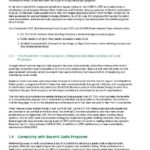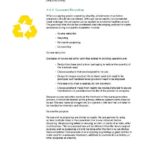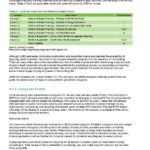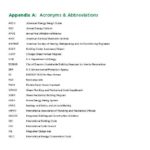Variation might be the spice of life, but it can be the death of a complex construction project operating on tight margins.
No matter how methodically you’ve planned a project and how carefully you’ve spec’d out materials and labor costs, change will inevitably occur. Change or variation orders are where a lot of highly complex construction projects bog down.
Construction Project Variations: Causes and Statistics
When we evaluate construction change order and variation management, it’s important to consider the common causes of variation orders including:-the scope or the schedule of the project has changed
-the equipment needed to perform a task is unavailable
-the project owner or contractor is suffering financial difficulties
-there are conflicts between contract documents
-working drawings are inadequate or incomplete
-changes in design by consultants
-a shortage of skilled manpower
-a shortage of quality materials
-shoddy workmanship, requiring demolition and rework
-delays in procuring building materials
-poor weather conditions or natural disasters
-a lack of strategic planningEven if you manage to avoid most of these, your projects will inevitably experience some of them. As the time needed to complete the project goes up, the cost spikes, and the quality of the work may be compromised.
A 2012 study of more than 220 large construction projects by the American Society of Civil Engineers found that 4 out of 10 suffered cost and time overruns, in large part thanks to variation orders. And the more changes that are required, the more productivity suffers, as owners are forced to choose between approving overtime, hiring additional workers, or suffering project delays.
A crucial element is timing; researchers found that the faster a variation order was dealt with, the less impact it had on productivity and cost. But the only way to know how efficiently variations are being handled is to have a standard way to measure it across all project partners.
This is where Aconex can help.
How to Improve Project Variation Management and Workflow
In a traditional model, a subcontractor may submit a request for variation to the head contractor, who then must get it approved by the contracts administrator. If the client approves the request, that information is passed down the chain to the subcontractor. This cycle, can require 21 days to complete, but may take much longer, especially if the parties involved are relying on Excel spreadsheets and email to manage the flow of communications.
By contrast, with Aconex, your variation workflow and correspondence is captured in the one place. This provides you with a more efficient process, complete set of information and an effortless way to report on activity, so there’s no misunderstanding regarding changes.
The Aconex Insights module displays all your variation activity on a single screen. You can see how many variations that are pending, and which have been approved or rejected. You can generate reports on the average time required to resolve each variation request, and identify which contractors initiate the most change orders and create the most delays.
By gaining visibility into the status of all variations across all your project partners, you’re able to measure performance and institute a process of continual improvement. After adopting a collaborative platform, some Aconex clients have been able to cut their cycle times by as much as 80 percent.
Some things you simply can’t control. But you can control how long it takes to communicate the need for variations, validate, and resolve them in an effective matter.
That’s the kind of change anyone would welcome.
Source: How To Keep Construction Project Variations Under Control































































































































